Map and Virtual Tour of the Outback
This section of the farm features a dozen beds dedicated to growing medicinal and culinary herbs, including perennials like rosemary, sage, lovage, and lungwort. Each spring we plant annuals like basil, cilantro, and dill. Come summer, the herb garden is always full of flowers, butterflies, and bees!

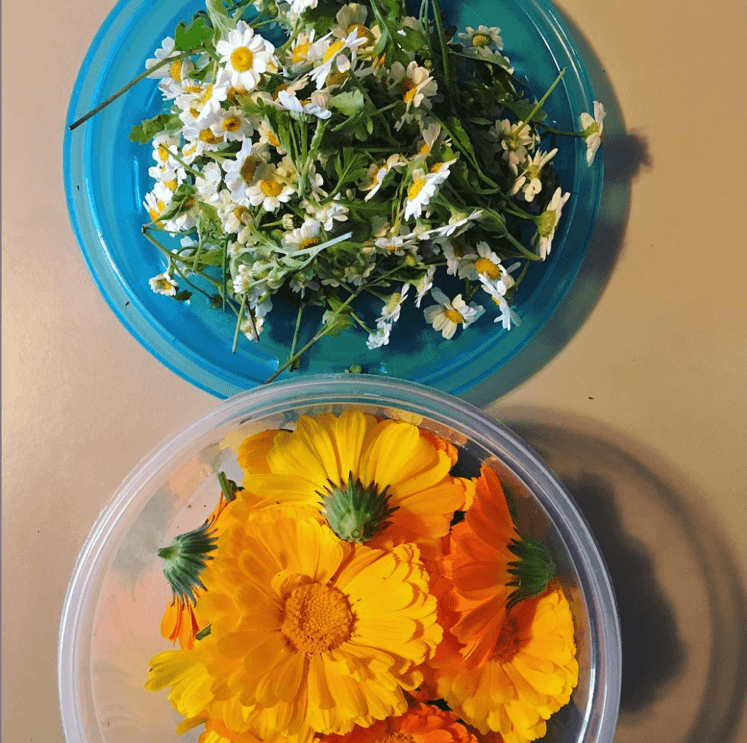
This large sheltered space welcomes visitors from the Fairhaven side of the farm and is home to our many classes and workshops. It’s also a nice spot to have a picnic or meet a study group. The Outdoor Classroom is a reservable space through EMS for use by official student organizations and faculty.

Our locked toolshed is home to everything from shovels and hoes to seeds and gloves that are used for work parties and student workers. This space also serves as a classroom for workshops and is home to a demonstration of guild planting, a common permaculture technique [link to Permaculture page]. Across the path we turn garden waste, old chicken bedding, and vegan kitchen scraps into rich compost using a four-bin rotational system.
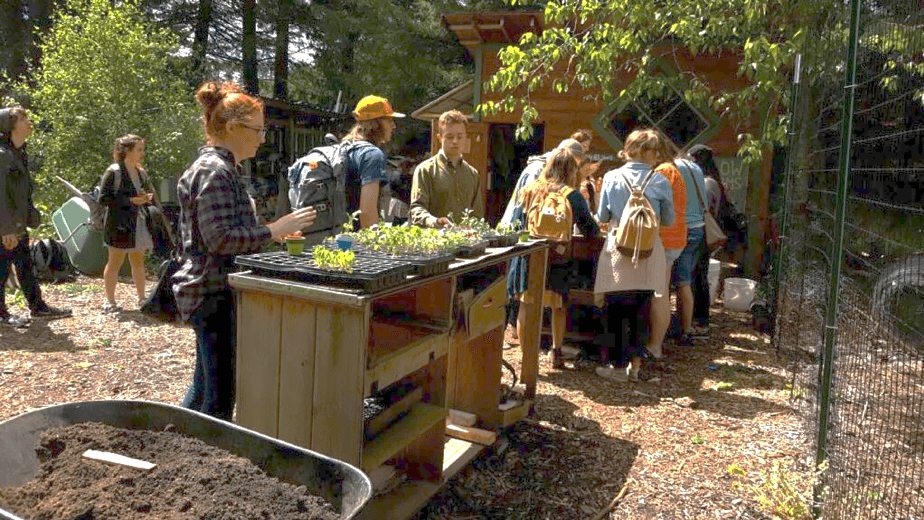
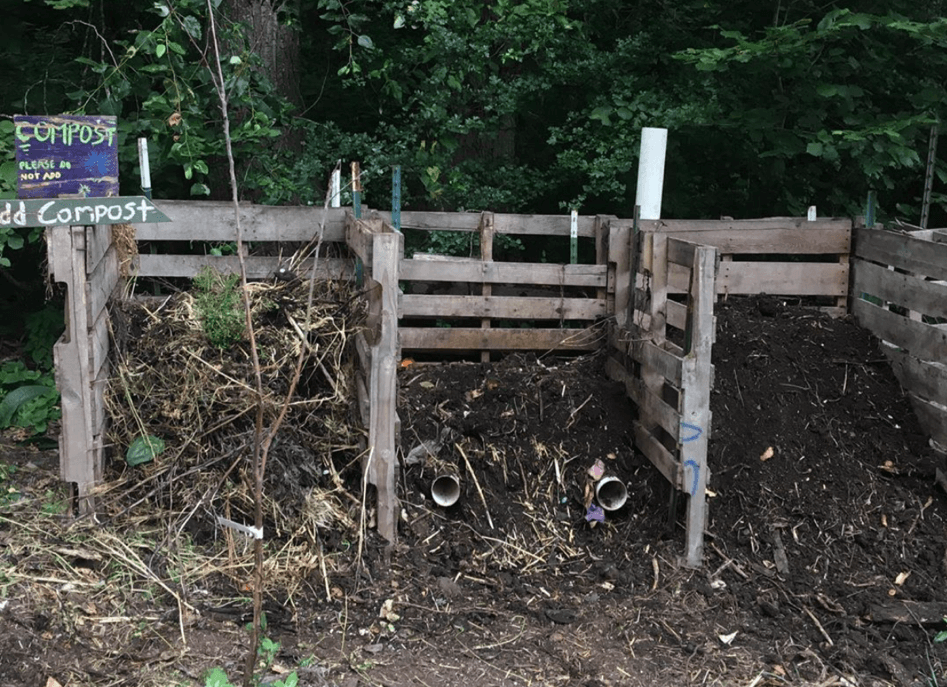
The Outback has two growing structures: an older, submerged hothouse and a hoop greenhouse. The hothouse stays warmer in winter because the base is insulated in the ground; combined with the sun coming in through the skylights, it’s a delightful refuge from the rain and gives us a space to grow microgreens and herbs even during the cold months.
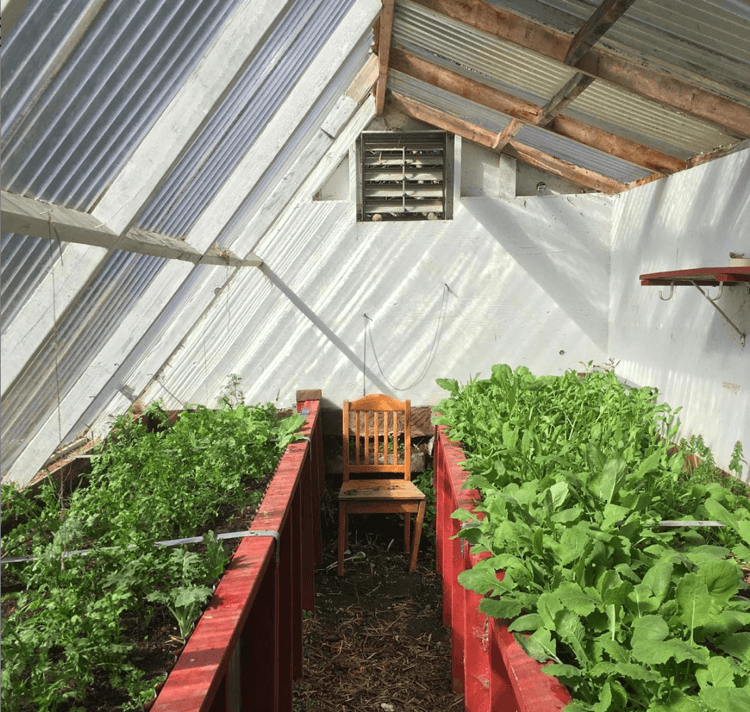
The hoop house serves as our larger greenhouse and gives us a bright, dry place where we start all of our seeds in spring and propagate warm-climate plants like tomatoes and peppers.
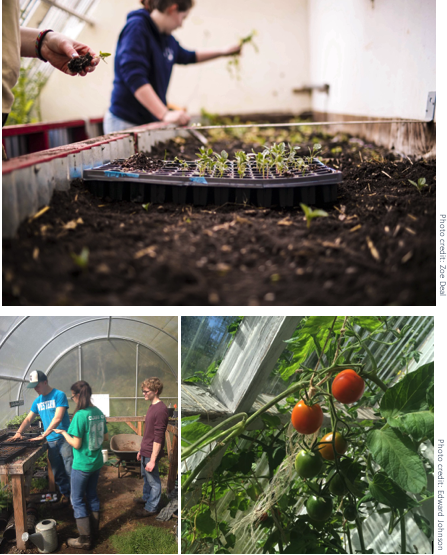
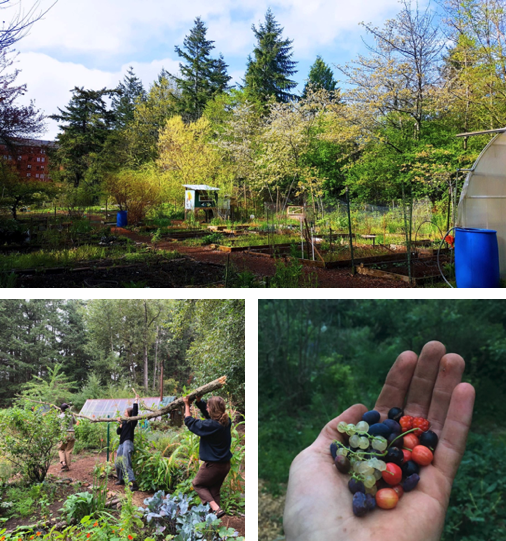
The Outback is home to 61 garden plots that are used by students, campus groups, WWU faculty and staff, and members of the Bellingham community. If you’d like to explore growing your own garden, we have the tools, the know-how, and the support to help you succeed. Learn more, add your name to the waitlist, and download the required paperwork here Community Gardens page.

The Outback chicken coop is home to about 6 hens at any given time. Chickens can be put out in the vegetable rows in a “tractor” to eat bugs, aerate the soil, and fertilize as they go. A team of dedicated volunteers care for the chickens twice a day and harvests eggs; if you’re interested in signing up, learn more here!
A bulk of our food is grown in the production rows of the Educational Garden, nicknamed the “ed beds.” We employ sustainable agriculture practices like cover cropping with winter grains, composting, mulching, and crop rotations to reduce pests and mineral loss. Common vegetables like lettuce, onions, squash, and broccoli are often planted with surprises like red orach and amaranth. Rows are marked when ready for harvest for visiting students to pick and enjoy; most of the produce is harvested for distribution to students via the WHOLE campus food pantries Food Justice page.

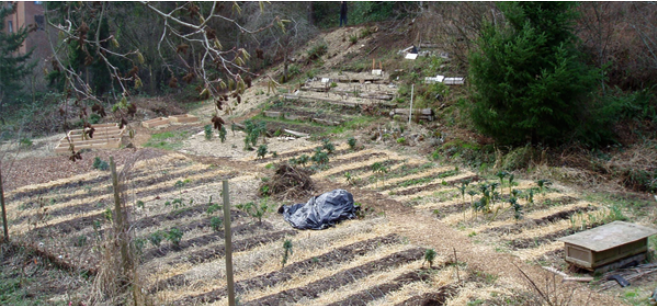
In 2019, a new Outback teaching apiary was started with two hives and bee colonies. Community beekeeper Chris Harrington leads the Bee Team, a group of dedicated students who participate in all aspects of beekeeping, from weekly maintenance of the hives to natural pest control to harvesting excess honey (most of it goes to the bees themselves). We’re crowdfunding to expand the apiary into a powerful facility for teaching beekeeping, entomology, small business management, and the importance of pollinators for the environment and for our health. Learn more about the WWU bees here [link to Apiary page]. If you’d like to get involved, contact Bee Team Captain Kristy Lee at leek51@wwu.edu.
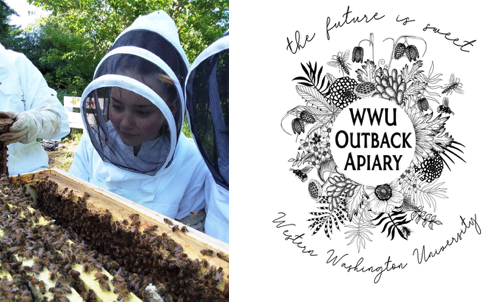
Trees and shrubs, when planted strategically to mimic the natural structure of a forest, can be a sustainable form of food production that also provides habitat for native species while banking carbon and mitigating climate change. The Outback has 1.5 acres dedicated to an experimental food forest with apples, pears, quince, blueberries, raspberries, and grapes. Come check out this hybrid of an orchard, a berry patch, and a perennial herb garden – or just relax on the giant swing under the walnut trees.

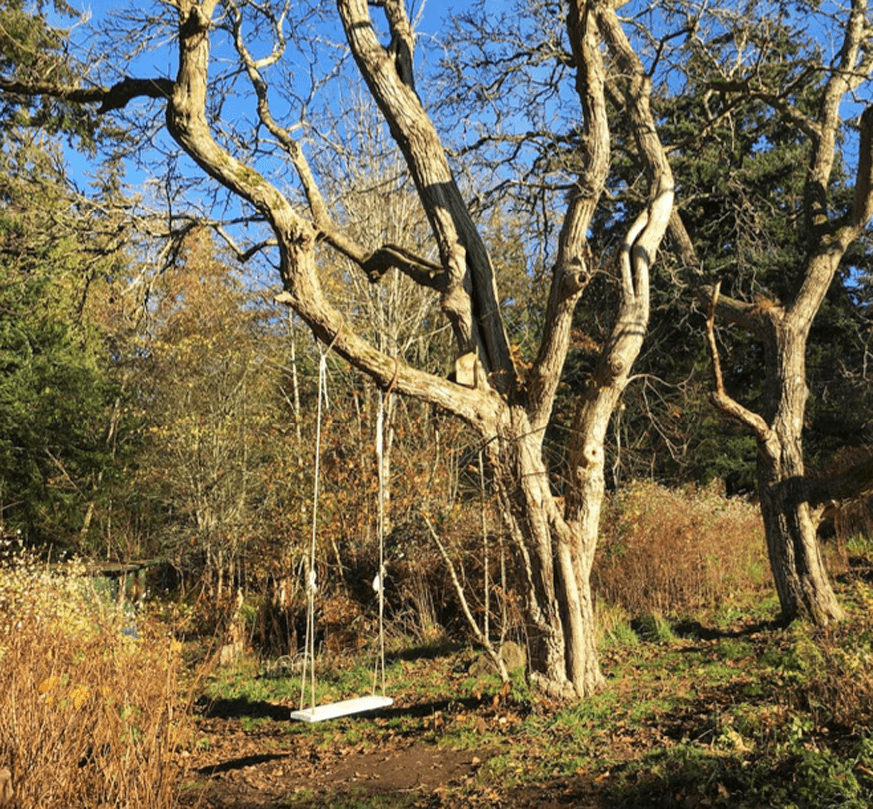
Behind the Amphitheater and uphill from the wetland lies a quiet, shady, wet spot on the farm. We plan on turning this into a mushroom forest to propagate enough to harvest for culinary and medicinal use. Photo (left): turkey tail mushrooms were harvested from a colony on the farm; photo (right): students inoculating a log with mushroom spores.
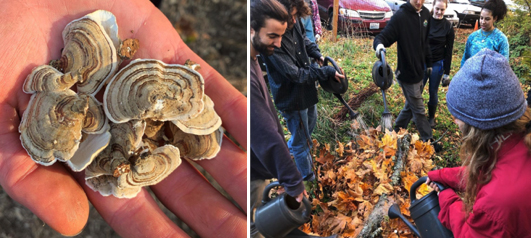
The Outback Amphitheater was built in 2010 with the help of students, WWU Facilities Management, and funding from Fairhaven College. The Amphitheater is a perfect space for community gatherings and outdoor events, including concerts, and theater.
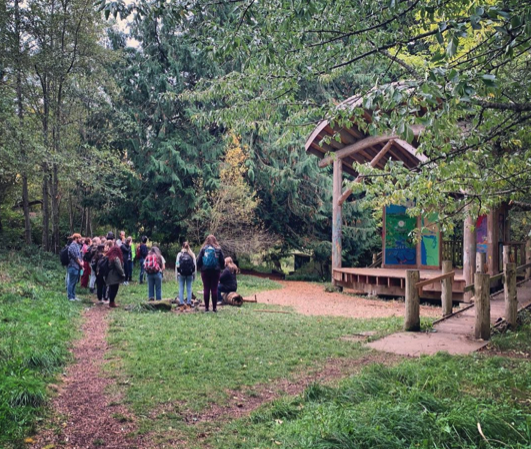
Running down the center of the Outback is a small tributary of Connelly Creek, which is surrounded by a 0.6 acre wetland. The restoration of this area has been a cooperative volunteer student effort since the early 1990s, and the wetland was officially designated in 1994. Outback students, Huxley and Fairhaven academic programs, and service-learning volunteers from LEAD continue to maintain the wetland as a healthy riparian ecosystem by removing invasives and planting native trees, shrubs, and wetland species.

Learn about native plants by reading signs indicating Nootka rose, pacific ninebark, and skunk cabbage, and more along the path running from Fairhaven to the Forest Garden. These new interpretive signs were created by LEAD volunteers – to join this environmental service learning group, visit [https://www.wwu.edu/lead/].

